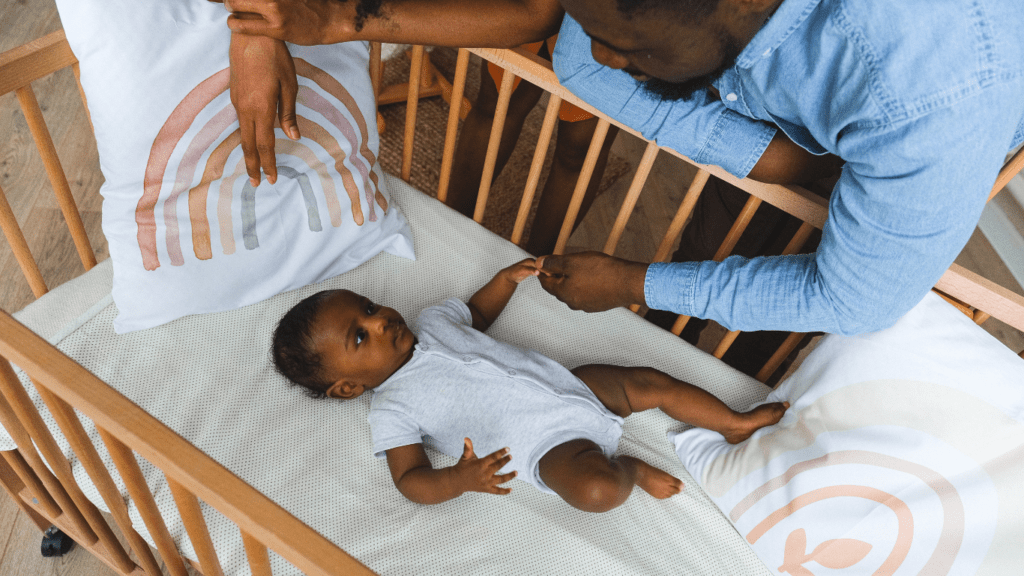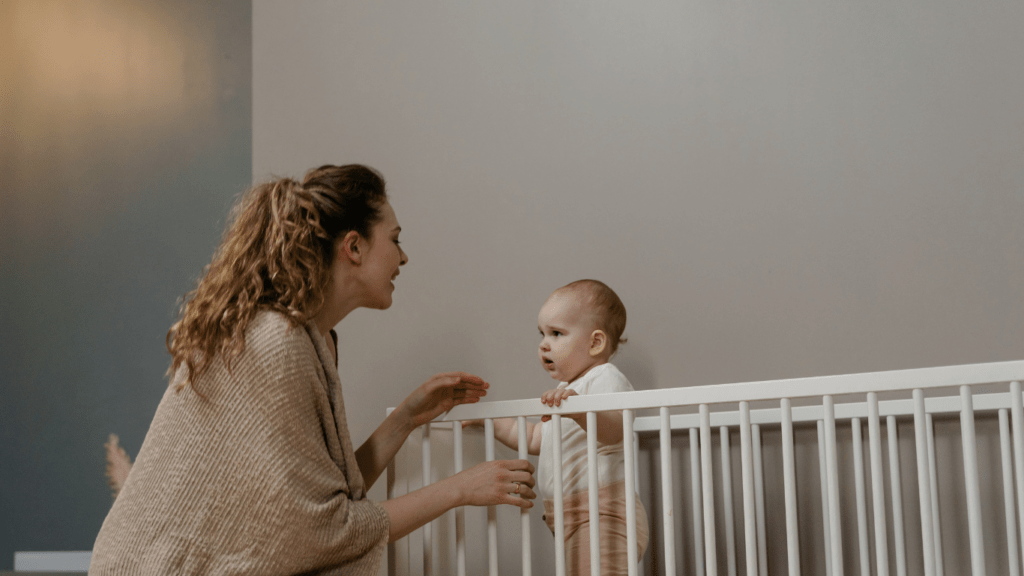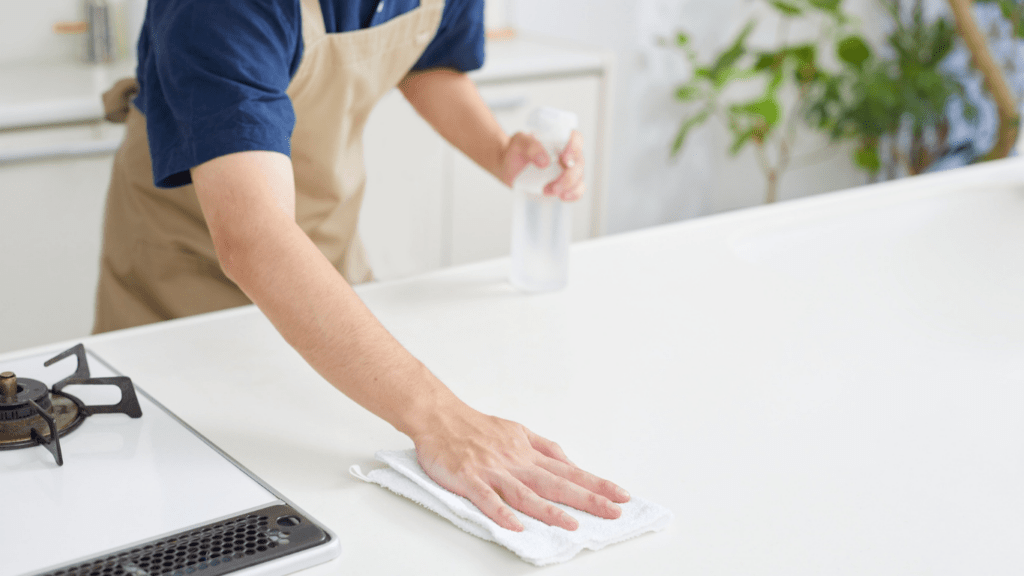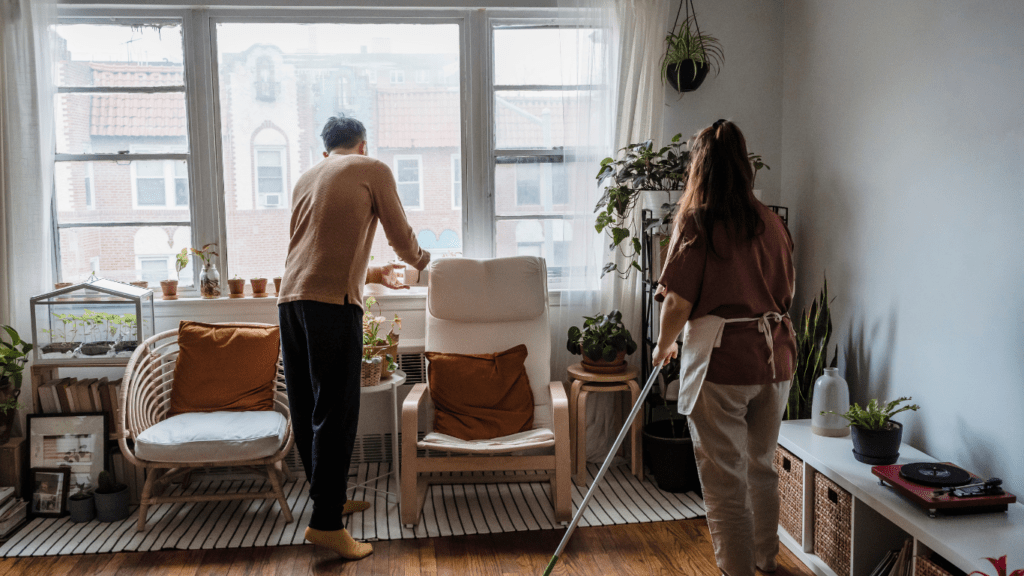As a parent, keeping my little ones safe is my top priority. Every room in our home presents unique challenges and potential hazards that can turn a fun playtime into a risky situation. That’s why I’ve put together a room-by-room safety checklist specifically designed for toddlers and young kids.
From the living room to the kitchen and even the bathroom, each space requires careful attention to detail. By taking proactive steps, I can create a safer environment where my kids can explore and learn without constant worry.
Let’s dive into the essential safety measures that’ll help turn my home into a secure haven for my growing children.
Living Room Safety
Ensuring safety in the living room involves thoughtful arrangements and careful management of items. This space often serves as the hub of family activity, making it essential to recognize potential hazards.
Furniture Arrangements
- Arrange furniture to create clear pathways. Clear paths reduce tripping hazards for toddlers and young kids.
- Anchor heavy furniture to the wall. Use brackets or straps to secure items like bookshelves and dressers, preventing tipping.
- Keep sharp corners padded. Use corner protectors on coffee tables or side tables to minimize injury risks from falls.
Hazardous Items
- Store cleaning supplies out of reach. Place items like detergents and cleaners in high cabinets or locked storage to keep children safe.
- Hide loose cables and cords. Use cord organizers to secure electronic wires, reducing strangulation hazards.
- Keep small items off the floor. Regularly check for toys or items that can pose choking hazards, ensuring they are stored safely when not in use.
Kitchen Safety
The kitchen contains many potential hazards for toddlers and young kids. Implementing safety measures can minimize risks and create a secure cooking environment.
Childproofing Cabinets
Childproofing cabinets prevents access to dangerous items.
- Install locks: Use child safety locks on lower cabinets to restrict access to cleaning supplies and sharp tools.
- Store safely: Keep harmful substances, like detergents and chemicals, on high shelves.
- Use clear containers: Place food items in clear, labeled containers to avoid contamination or mix-ups.
Safe Cooking Practices
Safe cooking practices protect children from kitchen dangers.
- Use rear burners: Always use the rear burners on the stove to limit reach.
- Secure handles: Turn pot and pan handles inward to prevent accidental spills.
- Teach awareness: Educate kids about hot surfaces and how to stay a safe distance while cooking.
Bathroom Safety
Bathroom safety is crucial for protecting toddlers and young kids from potential hazards. This space often contains slippery surfaces and accessible items that pose risks, so careful measures can create a safer environment.
Water Safety Tips
Monitor water levels during baths, ensuring children remain within a safe depth. Use non-slip mats in the tub to provide grip. Install a faucet cover to protect against bumps and burns from hot water.
Keep a close watch on kids at all times when they’re near water, even for brief moments, to prevent drowning incidents.
Preventing Slips and Falls
Position non-slip mats on bathroom floors to reduce slipping risks. Maintain a clutter-free space to avoid trip hazards while kids move around. Ensure all rugs have non-slip backing or are secured with tape.
Install grab bars near the toilet and in the tub to help kids stabilize themselves and reduce fall risk.
Bedroom Safety
Ensuring a safe bedroom for toddlers and young kids requires attention to detail. By addressing specific safety concerns, I can create a secure space where children can sleep and play comfortably.
Crib and Bed Safety
To protect young children, I focus on crib and bed safety measures. I choose a crib that meets current safety standards, ensuring slats are no more than 2.375 inches apart to prevent entrapment.
I avoid adding pillows, blankets, or toys in the crib, as these items can pose suffocation risks. I ensure the mattress fits snugly with no gaps and maintains a firm surface. Transitioning to a toddler bed, I lower the bed height to prevent falls and install bed rails to keep kids from rolling out during sleep. Regularly inspecting the bed for loose screws or broken parts further enhances safety.
Secure Storage Solutions
To minimize access to hazardous items, I implement secure storage solutions. I store any potentially dangerous items, such as medications, cleaning supplies, and sharp objects, in high cabinets with safety locks.
I use storage bins for toys, ensuring lids are lightweight and easy to open to avoid pinching fingers. Maintaining organized spaces prevents tripping hazards created by scattered toys. I periodically check toy boxes for small parts that can pose choking risks, ensuring all toys are age-appropriate and without harmful materials.
Outdoor Safety
Outdoor environments present unique safety concerns for toddlers and young kids. Focusing on outdoor safety helps create secure spaces for children to enjoy fresh air and play.
Fencing and Gates
Fencing plays a crucial role in outdoor safety. I recommend installing sturdy, child-friendly fences around yards and pools to create a safe boundary. Gates should close securely and be difficult for young kids to open.
Regularly inspect fences for gaps or damage that could pose risks.
Safe Play Areas
Designating safe play areas supports healthy outdoor exploration. I suggest using soft, impact-absorbing surfaces like rubber mulch or grass to cushion falls. Providing age-appropriate playground equipment ensures fun while minimizing injury risks.
Regularly check equipment for stability and sharp edges. Maintaining a clutter-free environment helps prevent accidents and encourages safe play.



